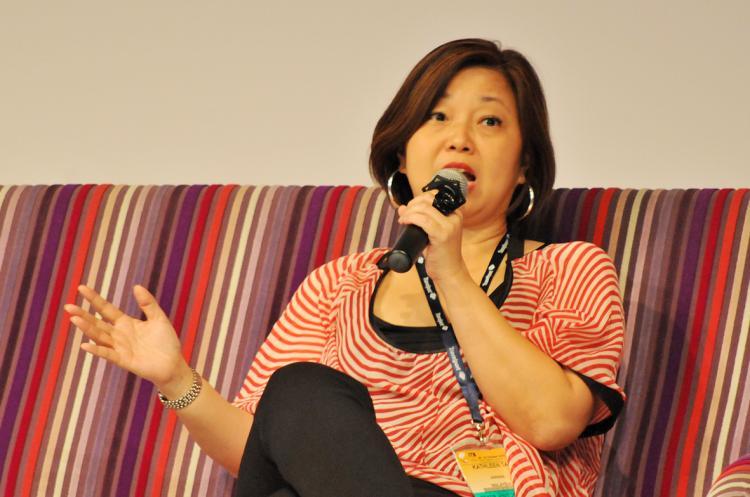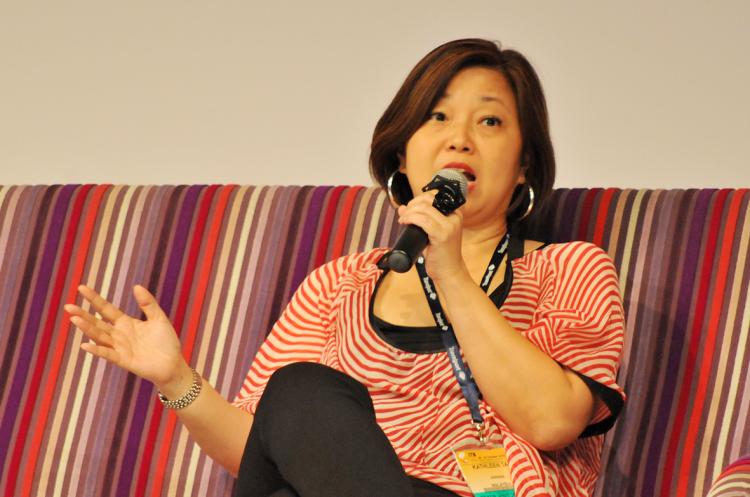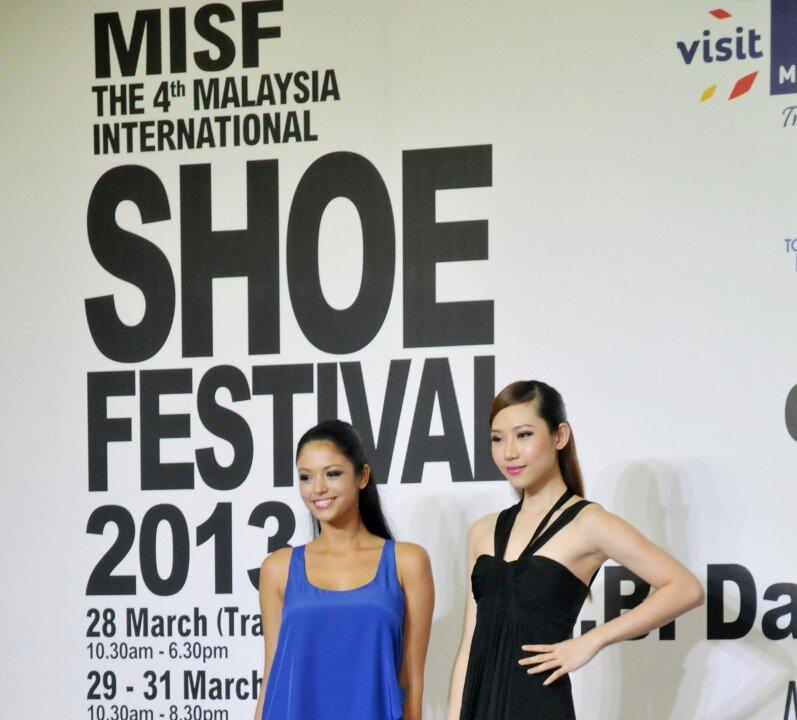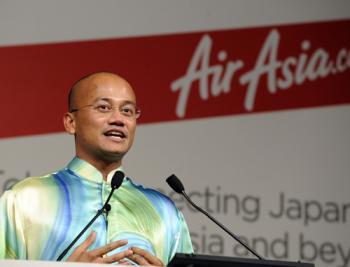AirAsia Launches BlackBerry Application
AirAsia has launched a BlackBerry application to allow passengers to book flights, check-in, and view flight times.
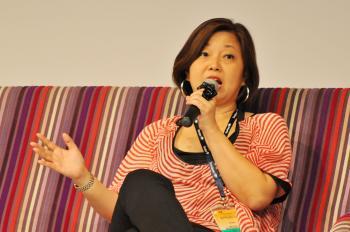
Kathleen Tan, the regional head of commercial AirAsia. Sybille Lee/The Epoch Times
|Updated:
